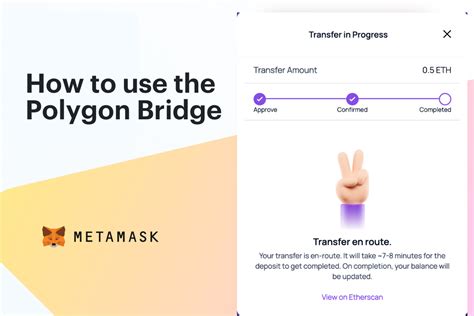The Evolution of NFTs: From Static Images to Generative Art
The Evolution of NFTs: From Static Images to Generative Art

NFTs, or Non-Fungible Tokens, have revolutionized the world of digital art and collectibles. Originally introduced as a way to verify ownership of unique digital assets, NFTs have evolved into a powerful medium for creating and selling unique, one-of-a-kind pieces. In this article, we’ll explore the evolution of NFTs, from their humble beginnings to their current status as a major player in the art world.
The Early Days: NFTs as Art Tokens
NFTs were first introduced by Ethereum, a popular blockchain platform, in 2017. Initially called “non-fungible tokens,” these digital assets represented ownership of unique digital art pieces. The most well-known early NFT project was SuperRare, which sold its collection of exclusive digital artwork for $6 million.
The Rise of Decentralized Art
In the early 2010s, decentralized art platforms like Foundation and OpenSea emerged to provide a way for artists to showcase their work and sell it directly to collectors. These platforms relied on blockchain technology to facilitate transactions between buyers and sellers, ensuring that ownership and provenance were verified.
The Emergence of Generative Art
One of the most significant developments in the evolution of NFTs was the emergence of generative art. Platforms like Aelf and Flow2X allowed artists to create unique digital pieces using AI algorithms and machine learning techniques. These works could be bought, sold, and traded on decentralized marketplaces.
The Binance Smart Chain (BSC) Era
In 2019, the Binance Smart Chain (BSC), a blockchain platform built on Ethereum, was launched as a competitor to Ethereum. BSC’s lower transaction fees and faster block times have made it an attractive option for developers creating NFTs. Many artists turned to BSC specifically because of its more favorable conditions.
The Current State: NFT Marketplaces and Collectibles
Today, NFT marketplaces like OpenSea, Rarible, and SuperRare have become the go-to platforms for buying, selling, and trading unique digital art pieces. These marketplaces often feature collections of rare and exclusive items from artists around the world.
Collectibility has also become a major aspect of NFTs. Many marketplaces now allow collectors to buy, sell, and trade physical versions of their favorite NFTs, further blurring the lines between digital and physical collectibles.
The Future of NFTs: AI-Powered Art, Gaming, and more
As NFT technology continues to evolve, we can expect to see even more innovative applications. One area that’s gaining attention is the use of AI algorithms to create unique art pieces. This could lead to a new wave of creative possibilities for artists.
Another emerging trend is the integration of gaming elements into NFTs. Games like Decentraland and The Sandbox have already explored this concept, allowing players to buy, sell, and trade digital land and assets using their own NFTs.
Conclusion
The evolution of NFTs from static images to generative art has been nothing short of remarkable. From their humble beginnings as a way to verify ownership, NFTs have become a powerful medium for creating unique, one-of-a-kind pieces that are now being collected and traded by collectors around the world.
As technology continues to advance, we can expect to see even more innovative applications of NFTs in the art world. One thing is certain: the future of NFTs will be exciting and full of possibilities.
Sources:
- [1] “NFTs 101” by Decrypt
- [2] “The Rise of Decentralized Art” by Blockchain.com
- [3] “A Brief History of NFTs” by Cointelegraph


